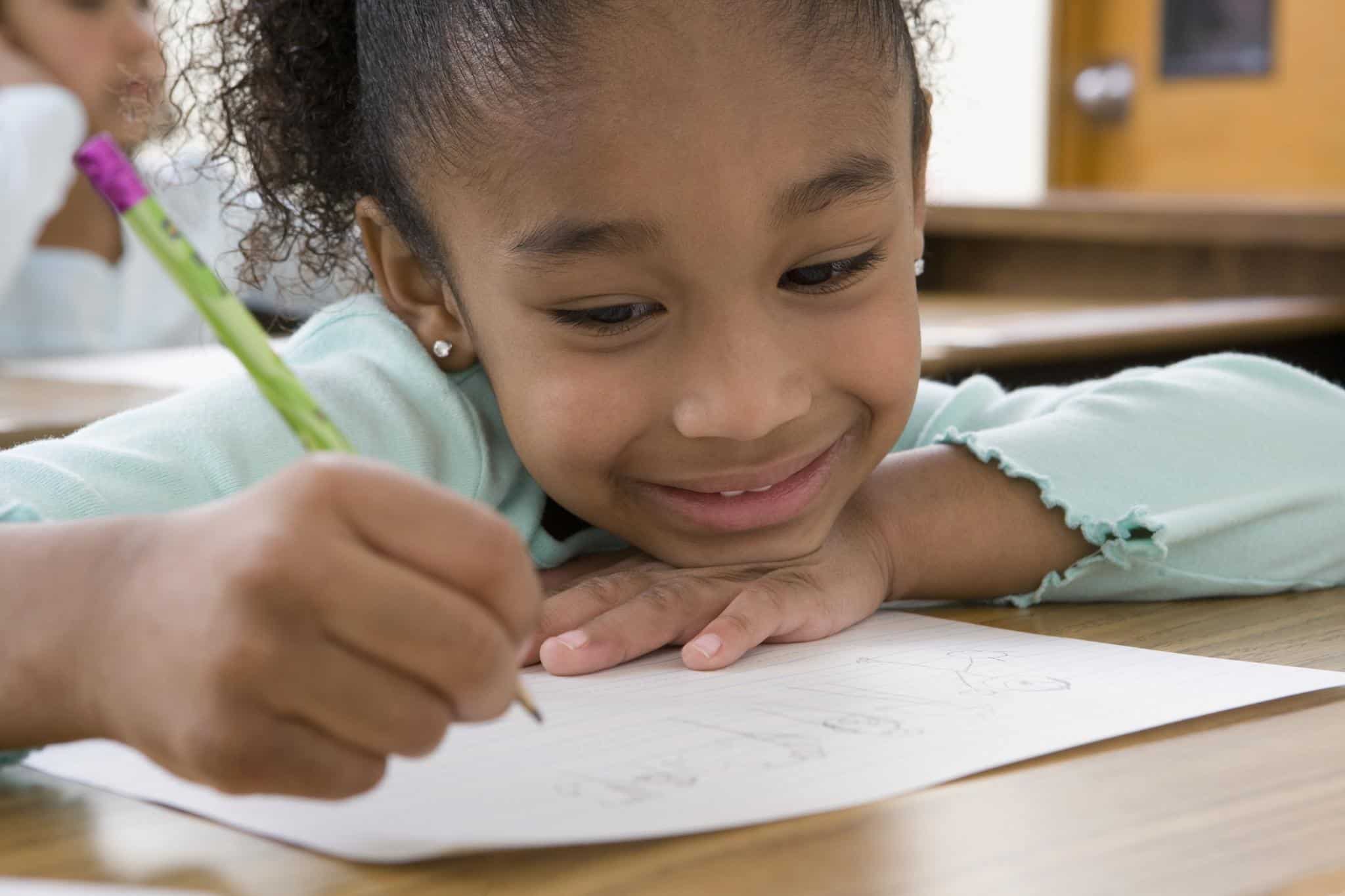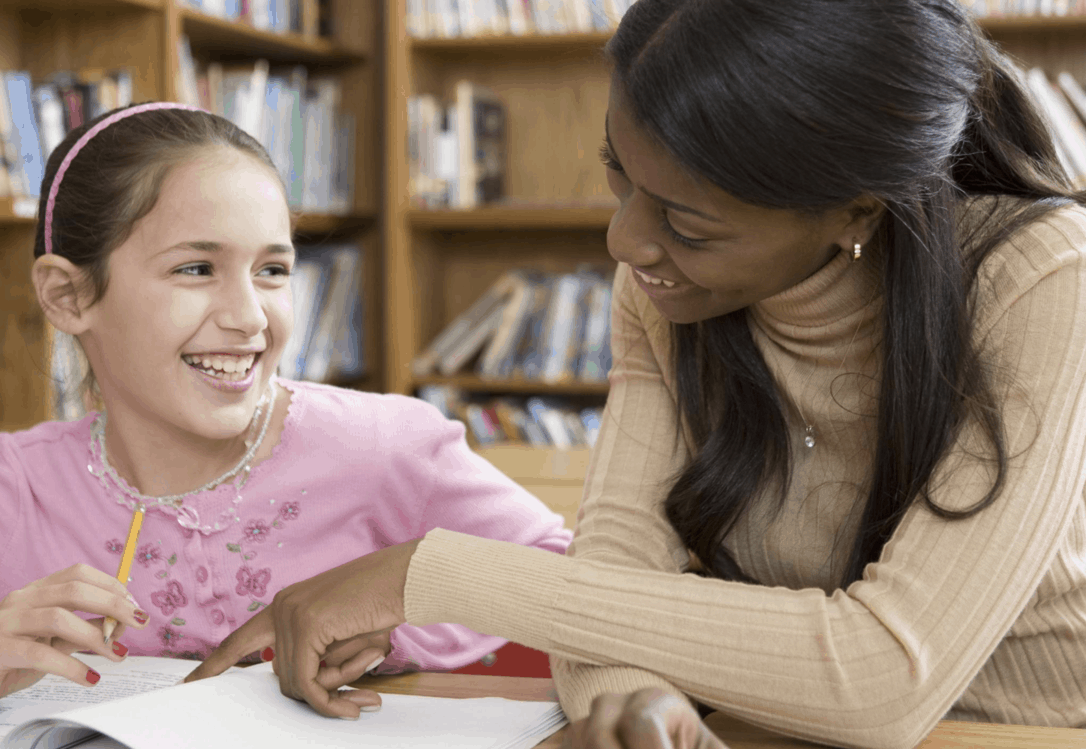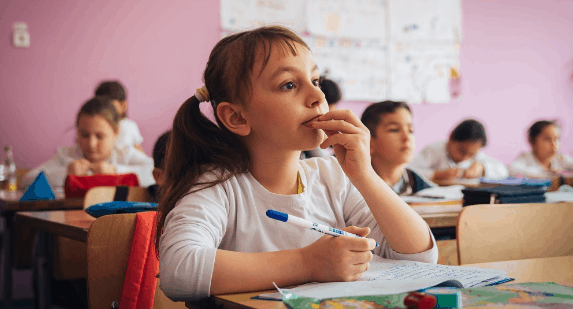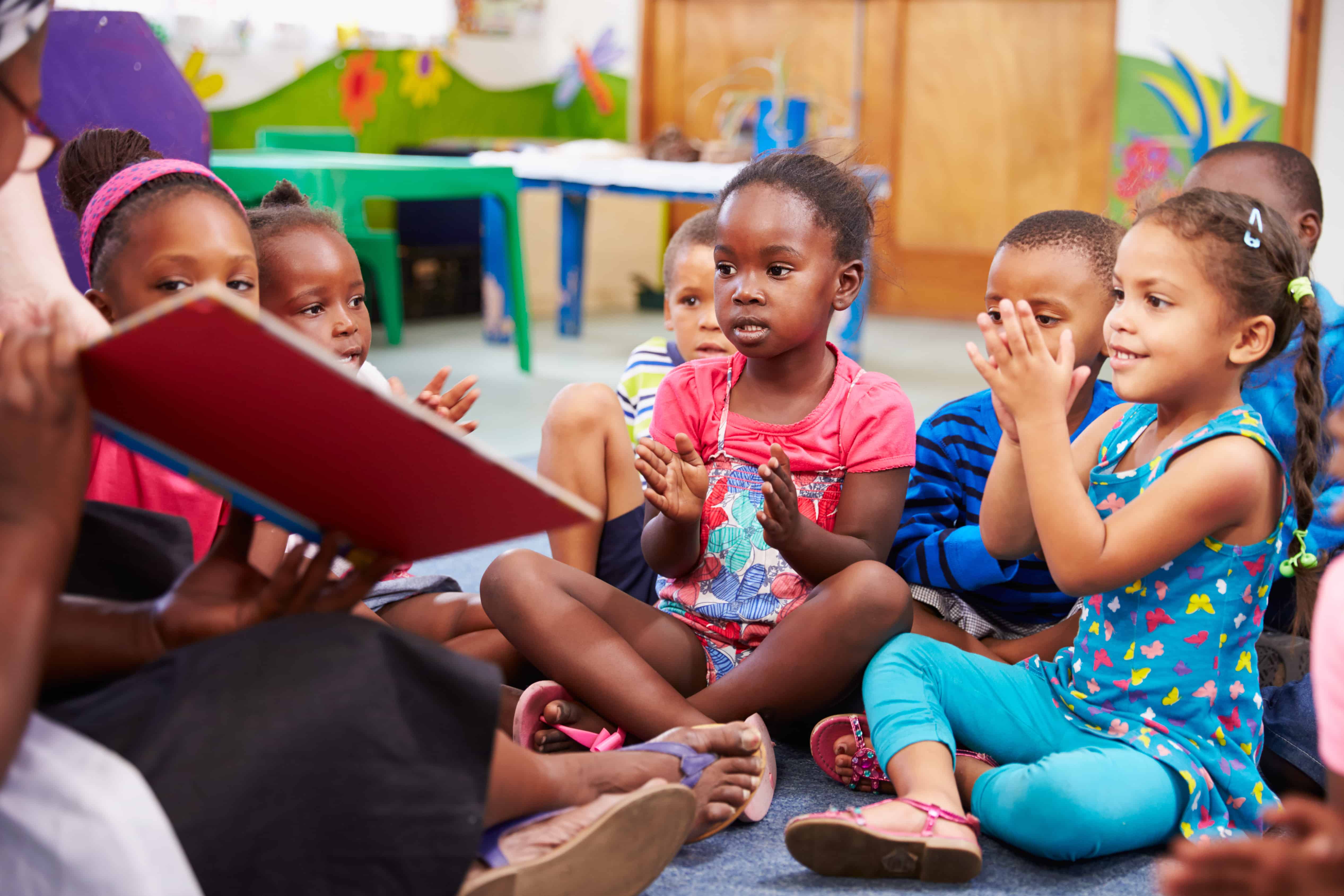Most of us, if given a choice, want to do things right on the first try; no one wants to fail. But did you know that our mistakes actually breed more success in the long run? As it turns out, mistakes are integral to the learning process. Failure not only improves information recall but critical thinking, too.
Students, however, don’t always understand the full learning potential of their mistakes.[5] When confronted with failure, it’s easy for them to feel ashamed or believe success is too far out of reach. But if we can help students redefine what a mistake is, we can teach them a valuable lesson about improvement and learning.
In this article, we’ll discuss the research behind how failure helps students more in the long-term than success. Then, we’ll go over a few tips and active learning strategies that can help you support struggling learners.
We Learn More from Failure, Not Success: Here’s Why
 What’s the key to learning from mistakes? Reflection. Making (and correcting) mistakes provides us with self-awareness on what we did right and what we need to improve on.[1] When we get an answer correct, we may feel good for a moment, but we rarely reflect on our actions. Answering incorrectly, however, forces us to both analyze what happened and search for the correct answer. All that extra time spent reviewing and researching leads to stronger recall of what you studied, and it strengthens skills in finding and analyzing information. In other words: it leads to growth.
What’s the key to learning from mistakes? Reflection. Making (and correcting) mistakes provides us with self-awareness on what we did right and what we need to improve on.[1] When we get an answer correct, we may feel good for a moment, but we rarely reflect on our actions. Answering incorrectly, however, forces us to both analyze what happened and search for the correct answer. All that extra time spent reviewing and researching leads to stronger recall of what you studied, and it strengthens skills in finding and analyzing information. In other words: it leads to growth.
In 2018, a team of educators in Toronto researched which study methods were linked to the highest levels of academic achievement.[7] They placed students into two groups: those who studied by memorizing information and those who guessed first, then got feedback on their answer. The students who guessed first and got feedback outperformed their peers who just memorized information, despite studying the same concepts. The researchers theorized that this is because the students who guessed first were better able to reflect on their incorrect guesses and study the correct answers for the test.
As it turns out, we may understand things better in the long run when we can learn from our mistakes. Another study, too, found that studying in a way that offers more room for making mistakes and engaging in self-reflection can strengthen critical thinking skills.[10] Not only can this skill help students perform better in class, but it can help them make well-advised choices in all areas of their lives. Even if a student doesn’t get an answer correct on the first try, the act of self-reflection after making a mistake strengthens skills that will help them make well-informed choices in the future.
How To Help Students Overcome Their Fear of Making Mistakes
If you’re looking for ways to help your struggling students, one of the best things you can do is show them how to get the most out of their mistakes. Teach your students that the purpose of school isn’t to have all the answers already. It’s to learn new things and grow as individuals throughout the year. Encourage students to remember that what matters is improvement and trying their hardest, not having it right the first time.[4] This mentality also helps students develop self-confidence.

Students often look to the trusted adults in their lives as a model for their own behavior. In class, studies suggest they often respond to their mistakes based on how their teachers act about them.[9] For that reason, it is useful to apply these thoughts about mistakes to yourself as an educator, too.[2] If you mess up on something in class, don’t let it ruin your or your student’s day. Find a way that you can learn from it to improve your teaching and career.[8]
Mistakes may be inevitable, but so are learning and growth. If we allow ourselves, and our students, the freedom to fail a little, it can lead us to lasting success in the end.[6] As your students go through the school year, don’t strive for perfection. Instead, help each student improve in a way that sets them up to meet their goals in school and beyond.
4 More Teaching Techniques for Struggling Learners
Reframing mistakes as positives instead of negatives is a simple yet effective way to help struggling students move forward. But it’s not the only thing you can do. Keep these four additional strategies in mind so you have plenty of options when determining how to best support a student.
Differentiated Instruction
Differentiated instruction is a strategy that gives students individualized resources, depending on their needs.[11] A student with dyslexia, for example, might have their assignments printed in a different font from other students that is more dyslexia-friendly.
To use differentiated instruction in class, get to know your students as well as you can. Look out for struggling students, and provide them with resources that help them feel more prepared to learn. Additionally, it’s helpful to send out a student information survey to parents at the beginning of the year so you’re aware of any learning disorders or disabilities students have.
 Multisensory Learning
Multisensory Learning
Because our brains are designed to gather information from multiple senses at once, multisensory learning can help struggling learners.[12] To use multisensory learning in class, try to add a mix of audio, visual, or other sensory materials to some assignments. Even providing students with an audiobook file or a video of a concept discussed in class can make a big difference.
Mnemonic Devices
A mnemonic device is loosely defined as using rhymes, images, or acronyms to help someone remember a concept. One popular example of a mnemonic device is using “Roy G. Biv” to remember the colors of the rainbow: red, orange, yellow, green, blue, indigo, and violet.
Research suggests that mnemonic devices are particularly helpful for students with learning disabilities.[13] If a student has a hard time with memorization, try helping them come up with a mnemonic device.
Growth Mindset
One of the best ways you can help students view their mistakes positively is by teaching kids to have a growth mindset. A growth mindset refers to the belief that our talents, abilities, and intelligence can grow over time. Students with growth mindsets tend to see their mistakes as a valued part of the learning process and not something to be ashamed of.
All of your students will make mistakes at some point, but some might take it harder than others. If a child in your class feels ashamed because they make a mistake, try to turn the experience into a positive. Remind them that their mistake taught them something new and that it only means that they’ll know what to do instead next time.
5 Classroom Management Strategies to Help Students View Mistakes Positively
The poet Nikki Giovanni is often quoted as saying, “Mistakes are a fact of life. It is the response to error that counts.” Every mistake we make is an opportunity for profound growth—if we know how to view it in the right way.
Use these five tips to help your students learn how to get over a mistake and try again:
- After you hand back a graded assignment, give students time to reflect on their mistakes and make a plan for the next assignment through freewriting or class discussion.
- As an extra credit project, give students bonus points for correcting mistakes on past tests. That way, your students can pinpoint which concepts they need to study for next time.[15]
- Teach students to make educated guesses, even if they’re not sure about an answer. Even if they get the answer wrong, guessing can help them learn concepts better through review.
- Incorporate discussion and open-ended questions into your class lessons so students feel comfortable answering without fear that they won’t be correct.[11]
- If a student feels bad about a mistake, remind them that the “failure,” as they see it, doesn’t define them. It just means that they’re human and capable of improvement.[14]
Sources:
- Yerushalmi, E., and Polingher, C. Guiding Students to Learn from Mistakes. Physics Education, 2006, 41(6), pp. 532-538.
- Pinkerton, K.D. Learning from Mistakes. The Physics Teacher, 2005, 43(8), pp. 581.
- Cherepinsky, V. Self-Reflective Grading: Getting Students to Learn from their Mistakes. PRIMUS Journal, 2011, 21(3), pp. 294-301.
- Jones, L. The Student-Centered Classroom. Retrieved from brettwilkin.com: https://mail.brettwilkin.com/phocadownload/StudentCentredClassroom/jones-student-centered.pdf.
- Henderson, C., and Harper, K.A. Quiz Corrections: Improving Learning by Encouraging Students to Reflect on Their Mistakes. The Physics Teacher, 2009, 47(9), pp. 581-586.
- Wenzel, T.J. Using Mistakes as Learning Opportunities. Analytical Chemistry, 2002, 74(15), pp. 439-440.
- Cyr, A., and Anderson, N.D. Learning from your mistakes: does it matter if you’re out in left foot, I mean field? Memory, 2018, 26(9), pp. 1281-1290.
- Peeters, A., and Robinson, V. A Teacher Educator Learns How to Learn from Mistakes: Single and Double-loop Learning for Facilitators of In-service Teacher Education. Studying Teacher Education, 2015, 11(3), pp. 213-227.
- Tulis, M. Error management behavior in classrooms: Teachers’ responses to student mistakes. Teaching and Teacher Education, July 2013, 33, pp. 56-68.
- Johannessen, L.R. Helping “Struggling” Students Achieve Success. Journal of Adolescent & Adult Literacy, May 2004, 47(8), pp. 638-647.
- Cusumano, C., and Mueller, J. How Differentiated Instruction Helps Struggling Students. Leadership, 2007, 36(4), pp. 8-10.
- Shams, L., and Seitz, A.R. Benefits of multisensory learning. Trends in Cognitive Sciences, November 2008, 12(11), pp. 411-417.
- Jangid, N., Swadia, H., and Sharma, D. Effectiveness of Mnemonic Instructions on the Thinking Strategies of Children with Learning Disability. Journal of Disability Management and Rehabilitation, July 2016, 2(1), pp. 22-27.
- Colorado Technical University Staff. How to Learn From Your Mistakes. Retrieved from coloradotech.edu: https://www.coloradotech.edu/blog/2018/september/how-to-learn-from-your-mistakes.
- BYU Center for Teaching and Learning. How Students Can Learn From Their Mistakes. Retrieved from byu.edu: https://ctl.byu.edu/tip/how-students-can-learn-their-mistakes.


